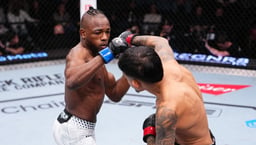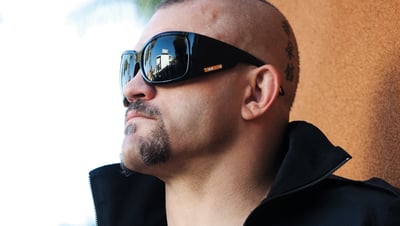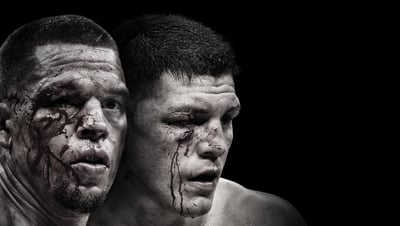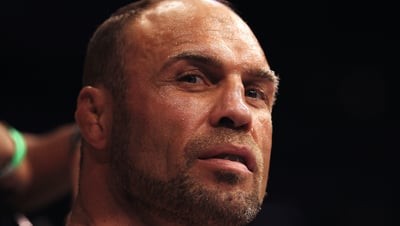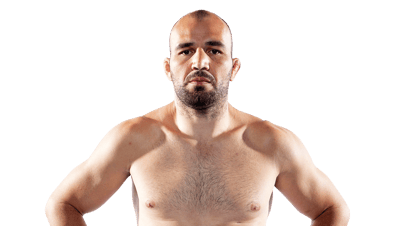
Issue 217
May 2025
Paul Browne breaks down the UFC’s biggest weight-class gambles, where legends were made and careers nearly broke chasing glory across divisions.
Ilia Topuria and Islam Makhachev just did the combat sports equivalent of flipping the Monopoly board as they walked away from their titles on purpose. Two reigning champs tossed their belts in the air and said, “New weight class, who dis?” Whether it’s about chasing glory, fresh beef, or just finding where their punch hits hardest, this growing trend is less about playing it safe and more about rewriting legacies. Of course, changing divisions isn’t like changing socks. It’s a gamble. Some come out looking like legends. Others come out looking like they should’ve stayed in their lane. Here’s a look at the fighters who levelled up and the ones who learned the hard way that size and timing matter.
FIGHTERS WHO SUCCEEDED
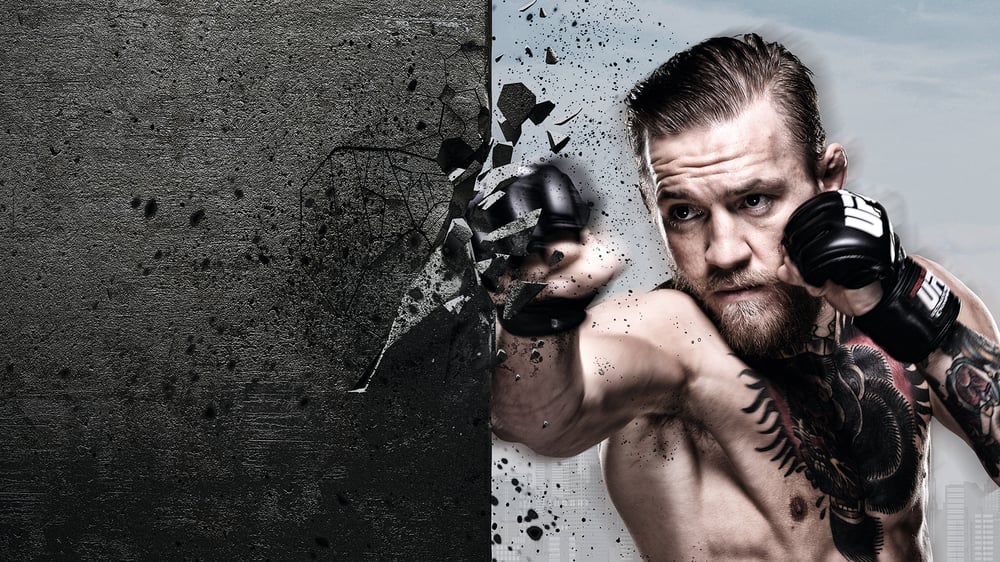
Conor McGregor
Before Conor McGregor was cashing nine-figure checks and launching whiskey empires, he was cage-fighting for housing benefits and knocking people out in Cage Warriors. There, he held two belts, featherweight and lightweight, concurrently. It set the stage for his calling card. After debuting in 2013, it took him just over two years to snatch UFC featherweight gold. Less than a year later, he became the first-ever two-division champ. He didn’t just change weight classes—he changed the game.

Daniel Cormier
Before DC wrapped UFC belts around his dad bod, he wore everyone else out in Strikeforce, bulldozing Josh Barnett and Bigfoot Silva to win the Strikeforce Grand Prix before even stepping foot in the UFC. Once he arrived, he coasted through Frank Mir and Roy Nelson but dropped to light heavyweight to avoid scrapping with his training brother Velasquez. At 205, he choked out Johnson to snag the belt, then three years later moonwalked back to heavyweight and starched Stipe Miocic to become champ-champ.
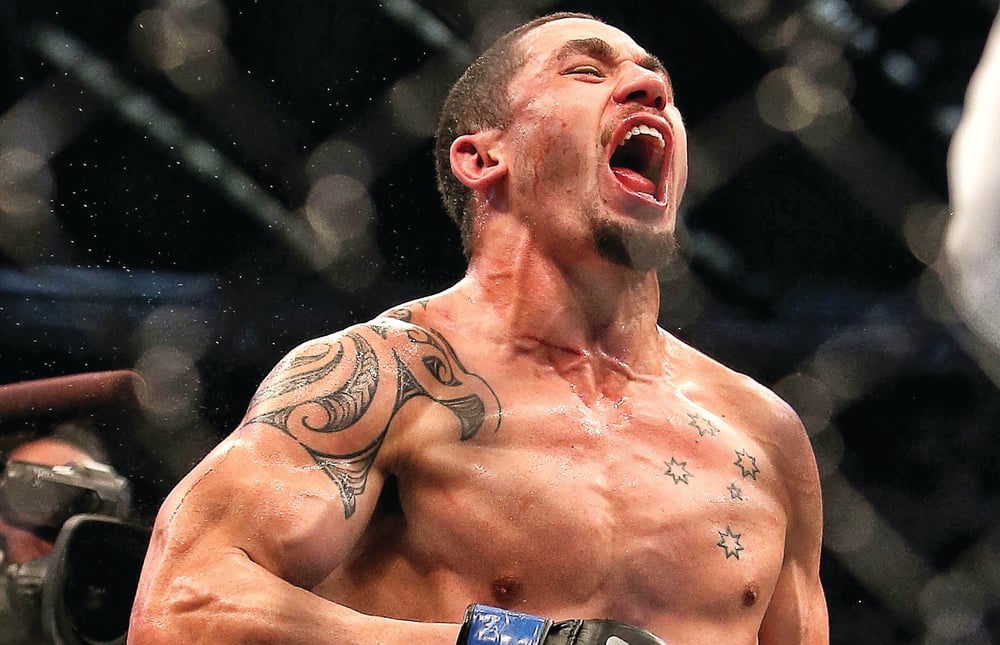
Robert Whittaker
He started cutting to welterweight, trading blows and collecting losses that didn’t match the talent on show. But once he moved up to middleweight, Robert Whittaker 2.0 looked like he’d been built in a lab for 185. Faster. More violent. Laser-focused, he mowed down a who’s who of the division and made the elite look average. The interim belt was his first reward, but nobody argued when it got upgraded to the real thing. Whittaker reinvented himself to find the weight class that finally hit.
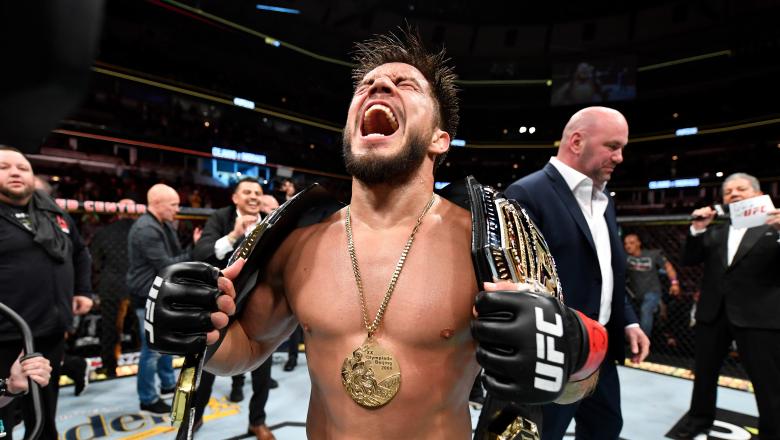
Henry Cejudo
Olympic gold in his back pocket, Henry Cejudo hit the UFC flyweight scene with high expectations and got humbled fast, thanks to a round one lesson by Demetrious Johnson. Still, he didn’t flinch. He rebuilt, returned sharper, and edged Johnson in a razor-thin rematch to end one of the sport’s longest reigns. Then he jumped to bantamweight, flattened Marlon Moraes, and became a two-division champ. He defended the belt against Dom Cruz, dropped a retirement bomb in the post-fight interview, and walked off like it was all part of the game plan. It was probably a negotiation tactic that failed miserably.
FIGHTERS WHO FAILED
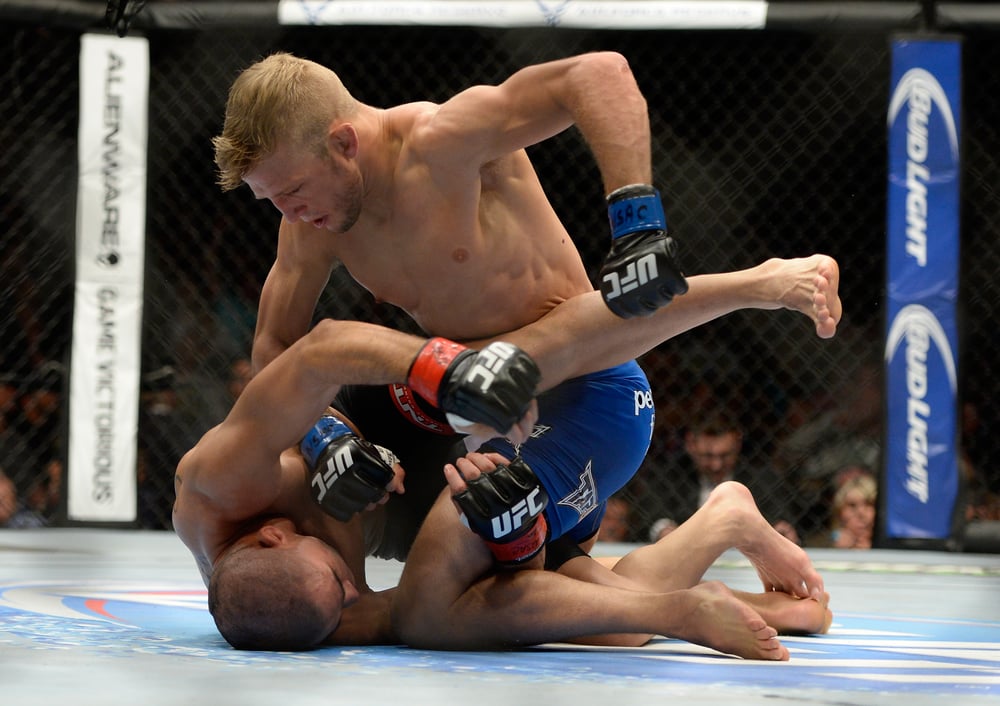
T.J. Dillashaw
Easily one of the game’s slickest bantamweights. Fast hands. Ruthless scrambles. Two stints with the 135-pound belt proved it. After smashing Garbrandt to reclaim the title, he chased double-champ status by cutting to flyweight for a shot at Henry Cejudo. Bad idea. Thirty-two seconds later, he was staring at the lights and, not long after, slapped with a two-year EPO ban. When he came back, he edged Cory Sandhagen in a war, but his final act was a battered loss to Aljamain Sterling with one working shoulder. These days, Dillashaw’s out of the cage but not out of the conversations of what not to do.
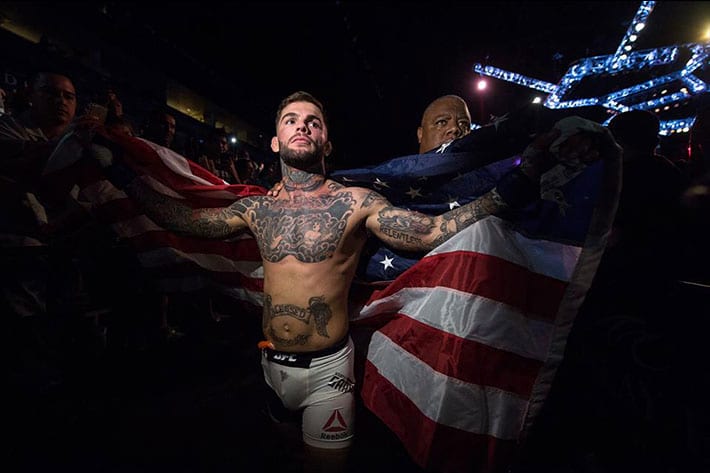
Cody Garbrandt
Undefeated through ten, crowned champ by outclassing Dominick Cruz, and packing the swagger that made every walkout feel like a coronation, his rise was full send. But when the fall came, it was fast and unforgiving. Two crushing KOs from Dillashaw cracked the aura, and Pedro Munhoz hammered it home. A thunderous KO of Raphael Assunção offered hope, but the spark fizzled again in a decision loss to Rob Font. Dropping to flyweight seemed like a reinvention until Kai Kara-France ended it. Back at bantamweight, the former king is still swinging, but the throne’s a long way off.
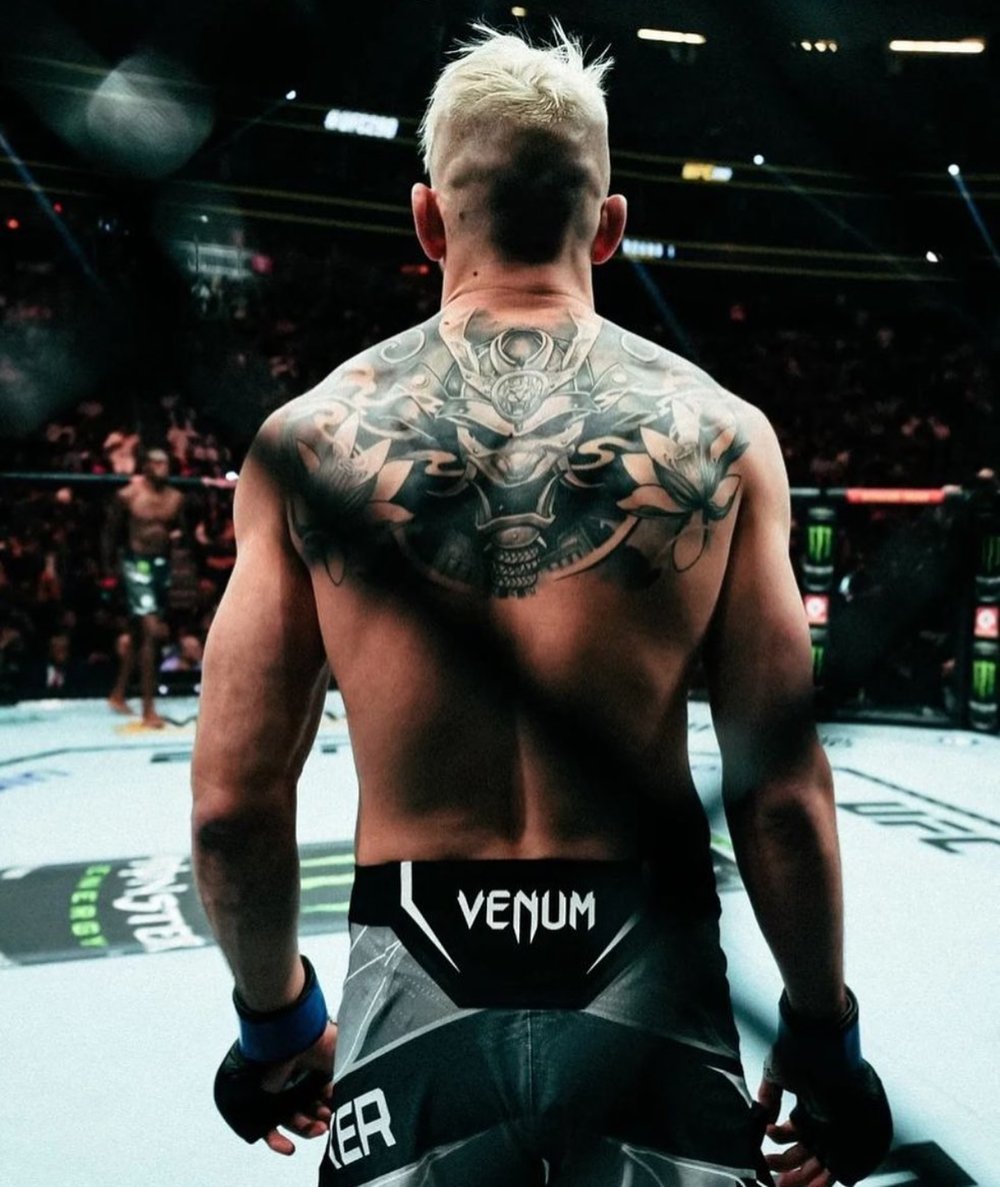
Dan Hooker
He built a name as one of lightweight’s toughest outs, but after running into brick walls named Poirier and Makhachev, he decided featherweight offered easier pickings. Six feet tall and looking like he’d been vacuum-sealed at 145, he was stopped by Arnold Allen in barely two minutes. Back at lightweight, he’s found his rhythm again with gutsy wins over Claudio Puelles and Jalin Turner, reminding everyone why he’s still must-watch violence.
MAKING THE CUT OR GAIN
Weight cuts might build belts, but it’s weight jumps that build legends. Whether chasing new glory or just running on fumes, switching divisions is the ultimate gamble. Topuria and Makhachev? They’re rolling the dice for legacy, not leverage. Some tried the same and got steamrolled. But that makes it magnetic because every leap up or down is a test of ego, body, and soul. In a sport where comfort zones get you cracked, the bravest don’t stay put. They chase the fire, even when it scolds.


